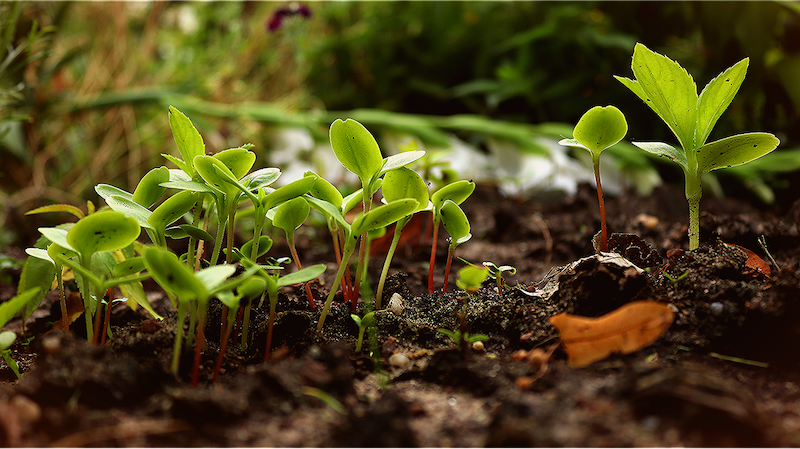As humans, while we need food to convert it into energy, plants also require a range of absorption techniques for getting moisture and nutrients. That further helps them in their growth.
Like the roots, if plants dive into the soil, they come in contact with water, nutrient reserves, and air.

The leaves use photosynthesis under sunlight and air as they rise towards the sky. But the roots are unable to absorb nutrients through their extensions directly.
For plants, the water becomes the source of soluble elements and healthy growth. The following are the basic elements that any pant needs to gather nutrients:
Sunlight and Air
Plants captivate sunlight through chlorophyll during photosynthesis. That sunlight then becomes sugar via cellular activities that the plant uses to produce nectar while flowering and growing tall.
Thus, for those who wonder how often do I use nutrients on my plants?, how do I provide the best for my plants?, or even how often do I need to water my plants?
It is important to make the beginning correct; thus, make sure to keep your plant where it gets better exposure to sunlight.
Further, as plants exchange gases or transpire with the surrounded atmosphere, they occupy critical carbon dioxide, which later expels as oxygen.
The stomata that are the tiny leaf pores enable gasses to move out and in for the nutrient exchange and absorption.
Soil Nutrient Retention
Whatever nutrient your plant requires, the maximum of it is available in the soil you keep them in.
Ranging from nitrogen to iron, over a dozen nutrients are available in the soil that the plants absorb to grow strong.
And the key to assimilating these nutrients is a soil environment high in organic material like compost.
Since compost contains a negative charge down straight at the molecular level, it is prone to attract all the positively charged nutrients present within the soil.
As a result of which, the nutrients adhere to organic matter as roots grow in the surrounding.
As the roots encounter the nutrients, it tends to absorb the elements. Thus, take care of the quality-type of your soil, as poorly managed soils can cause a nutrient deficiency in plants.
Read Also:
Proper pH
The alkalinity and acidity levels in the soil are known as their pH level. It helps to determine the possible elements available for starving plant roots.
Generally, maximum plants prefer a bit acidic pH range of 6-6.5.
If you possess a well-established and maintained garden along with ample organic matter, then this is the adequate surviving environment for your plants.
On the other hand, make sure the pH level of the soil is not highly alkaline.
Because in that case, the roots become unable to consume specific micronutrients, such as copper or chloride.
However, another micronutrient like potassium is difficult to consume with highly acidic soils. Thus, try to make a balance between as per your plant needs.
Root Hairs and Micro-Organism Activity
The roots of plants are not simply of long structure and smooth. They generally have typical tiny hairs, which cover a maximum of the root’s length.
These hairs absorb soluble nutrients and water for the healthy growth of the plants.
Although, some critical nutrients seem to be difficult to absorb by plant root hairs.
However, soil microorganisms like earthworms tend to consume the elements present in the surrounding. And then expel castings that are rich in soluble elements.
For instance, earthworm digestive fluids produce phosphate by transforming phosphorus that is easy to absorb nutrients for plants.
Conclusion
Thus, these are some basic yet crucial nutrient sources of plants that help them to grow healthily.
Also, anybody who is a plant lover can grow healthy and tall plants in their house just by keeping the above-mentioned points in mind.










